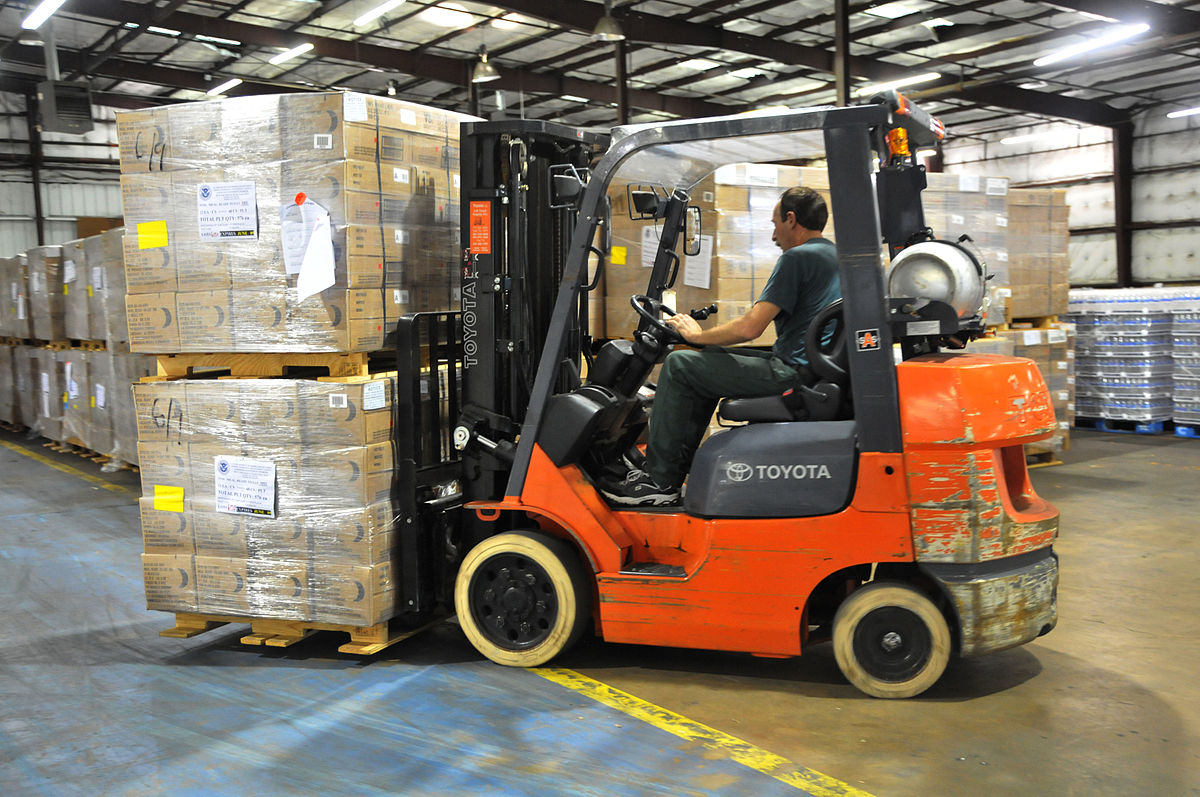How to Find Perfect Material Handling Equipment

An often-ignored while very important material handling equipment are ladders. The stock shelves, do maintenance or even retrieve inventory is what they make for.
Choosing the Right Ladder:
Type of Ladder: Choose the right ladder from https://www.laddersadelaide.com.au/ which also includes different type (step ladder, extension ladder, multi-position ladder) depending on the height you need to reach and the kind of work you will be performing.
Material: Aluminum ladders are popular as they are light but fibreglass ladders would be a better choice when working around electricity because they are not conductive.
Duty Rating: Get a ladder that has weight capacity exceeding not only your own but also those tools that you will be carrying.
Safety Features: When searching for them there must be slip-resistant feet; wider rungs for steady footing and spreader bars for extra stability in uneven terrains.
Beyond the Equipment: Optimizing Your Material Handling Process
Just having the right tools doesn’t necessarily mean that you have an efficient material handling system. Here are some other factors to consider:
Workflow Optimization: Existing workflows should be studied so that areas where equipment selection can assist in bottleneck removals or any other inefficiencies may be identified.
Employee Training: Proper training needs to be provided for all staff regarding safe use of all types of material handling equipment.
Regular Maintenance: Have a program in place where preventive maintenance is done to keep your equipment in good shape and minimize down time rates.
Additional Considerations for Specific Industries:
Although material handling’s basic principles apply across industries, there may be specific requirements in certain cases. Here are some examples:
Retail: The focus should be on equipment that helps with easy restocking of shelves and enhances customer accessibility to products. Ergonomic carts for merchandise moving within the store and mobile shelving units for seasonal display items can come in handy.
Manufacturing: Concentrate on equipment that seamlessly fits into your production line. These include automated guided vehicles (AGVs) which move materials between workstations as well as overhead cranes used to position huge components accurately.
Construction: Prioritize equipment that tackles the challenges of a dynamic work environment. Rugged forklifts with high ground clearance for uneven terrain are preferred while scissor lifts provide safe access to various heights during construction.
The Future of Material Handling
This field continuously changes driven by automation, robotics and artificial intelligence (AI). Here are some interesting trends that should be anticipated:
The rise of collaborative robots (cobots): These robots are designed to operate alongside humans safely by assisting in lifting or handling delicate parts.
Integration with the Internet of Things (IoT): By connecting equipment and sensors to the IoT, you can use data collected and analyzed from these devices to enhance workflows, ensure that maintenance is done in advance while making the whole process more efficient.
Use of Augmented Reality (AR) and Virtual Reality (VR): Employees can practice running machines in a simulated environment using this technology as a training tool.
Conclusion: A Continuous Process
Optimization of your material handling suggested on pallettrucksadelaide.com.au is an ongoing process. Your approach to material handling must change as the needs of your business change too. Continuously assess your workflows, keep up with new developments in terms of equipment, and be flexible enough to adjust tools and strategies for maximum efficiency always following these steps you will have the right tool at hand which can make your operation safer, smoother and more successful.

